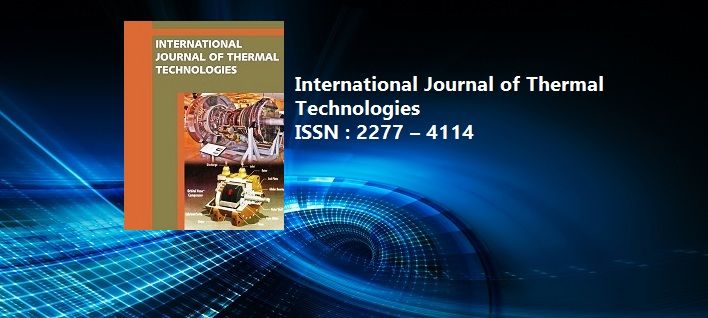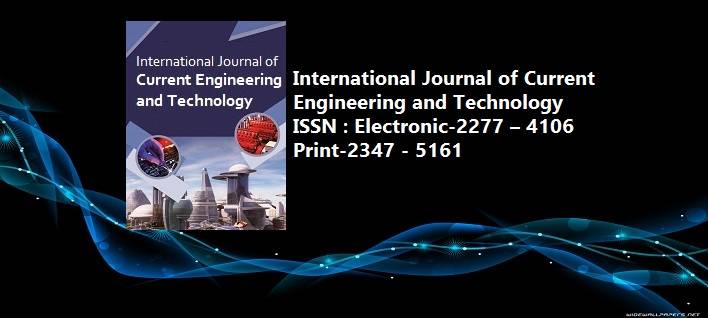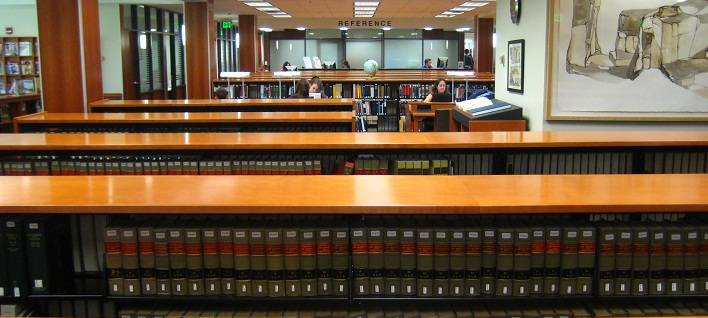Analytical Study on Special Concretes with M20 & M25 Grades for Construction
Pages : 338-343, DOI:http://Dx.Doi.Org/10.14741/Ijcet/Spl.2.2014.62
Download PDF
Abstract
The disadvantage of conventional concrete is the high when the weight of concrete and density of the normal concrete is in the order of 2200 to 2600 kg/m3 .This heavy weight is some extent in uneconomical structural material. Attempts have been made in the past to reduce the self weight of concrete to increase the efficiency of concrete as a structural material. The light-weight concrete is defined as a concrete whose density varies from 300 to 1850 kg/m3 .We decrease the weight of concrete from fine aggregates or coarse aggregates can use light weight materials instead of coarse aggregates and fine aggregates .when replacing natural materials like pumice, diatomite, scoria, rice husk and saw dust , Artificial materials like brick bats, foamed slag and bloated clay.Mixing procedure for light-weight concretes may vary with different types of aggregates .The general practice for structural light-weight concrete is to mix the aggregate up to 2/3rd of the water for a period of one minute to the addition of cement and sand. They are balanced by mixing water in the design of concrete grade like M20, M25. Mixing is done continuously for high rise building up to the completion of slab work. Usually 2 or more minutes are required to get uniform mixing for a good strength concrete. In insulating concrete, the aggregates are added at the end of mixing to decrease the degradation. Structural light-weight aggregate concrete is a concrete having 28 day compressive strength more than 17MPa and 28 day air dried unit weight not exceeding 1850 kg/m3. Use of foam concrete has gained popularity not only because of the low density but also because of other properties mainly the thermal insulation property. Aerated concrete is made in the density range from 300 kg/m to about 800 kg/m . Lower density grades are used for3 3 insulation purposes, while medium density grades are used for the manufacture of building blocks or load bearing walls and comparatively higher density grades are used in the manufacture of prefabricated structural members in conjunction with steel reinforcement The third method of producing light concrete is to omit the fines from conventional concrete. No-fines concrete as the term implies, is a kind of concrete from which the fine aggregate fraction has been omitted. This concrete is made up of only coarse aggregate, cement and water. Very often only single sized coarse aggregate, of size passing through 20 mm retained on 10 mm is used. No-fines concrete is becoming popular because of some of the advantages it possesses over the conventional concrete. The single sized aggregates make a good no-fines concrete, which in addition to having large voids and hence light in weight, also offers architecturally attractive look. No-fines concrete can be used for a variety of purposes. It is used in large scale for load bearing cast in-situ external walls for single storey and multistoried buildings. This type of concrete has been used for temporary structures because of low initial cost and also for the ease with which it can be broken and reused as aggregate. Architects consider this as an attractive construction material. Owing to its slightly higher thermal insulating property, it be used for external walls for heat insulation. Because of rough texture, it gives a good base for plastering. Even if the outside surface of the no-fines concrete wall is subjected to rain beating, the inside of the wall will be free from dampness because of low capillary action on account of large voids. Where sand is not available, no-fines concrete should become a popular construction material. Finally the density of the concrete is nearly half of less than conventional concrete. The strength is nearly equals to the conventional concrete. The economy is good than conventional concrete. The workability is very good than conventional concrete.
Keywords: Cement type, Concrete mix proportion, Natural aggregates, Artificial aggregates, Strength of Concrete, Light-Weight Aggregate Concrete, Types of concrete.
Article published in International Conference on Advances in Mechanical Sciences 2014, Special Issue-2 (Feb 2014)



















 MECHPGCON, MIT College of Engineering, Pune, India
MECHPGCON, MIT College of Engineering, Pune, India AMET, MIT College of Engineering, Pune, India
AMET, MIT College of Engineering, Pune, India International Conference on Advances in Mechanical Sciences
International Conference on Advances in Mechanical Sciences  International Symposium on Engineering and Technology
International Symposium on Engineering and Technology International Conference on Women in Science and Engineering
International Conference on Women in Science and Engineering




